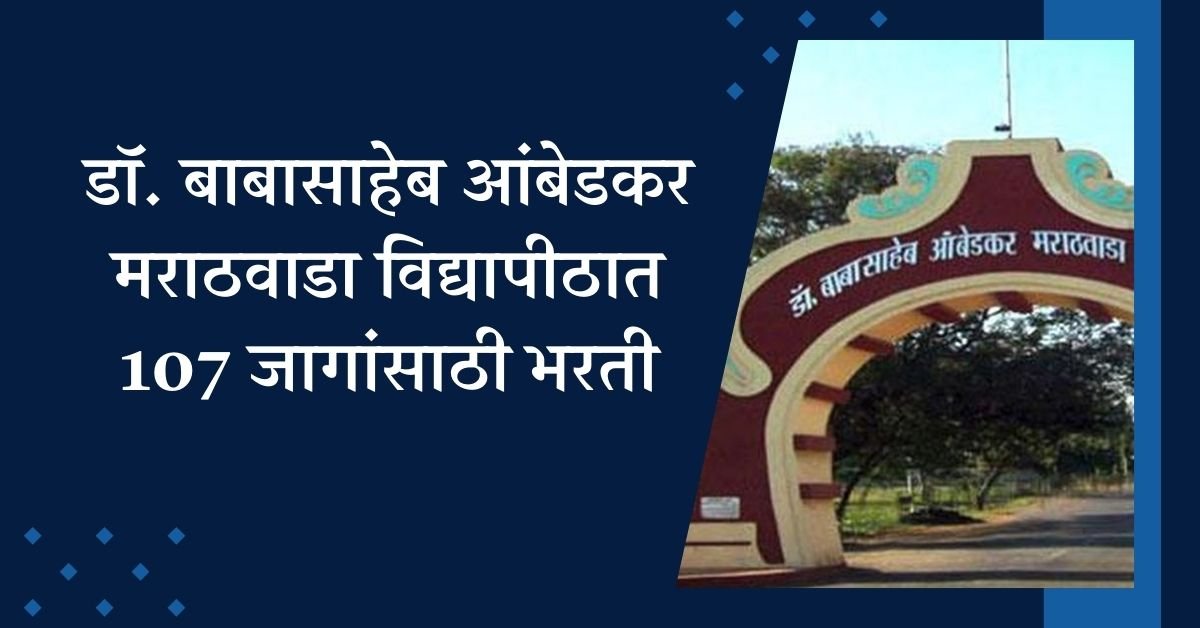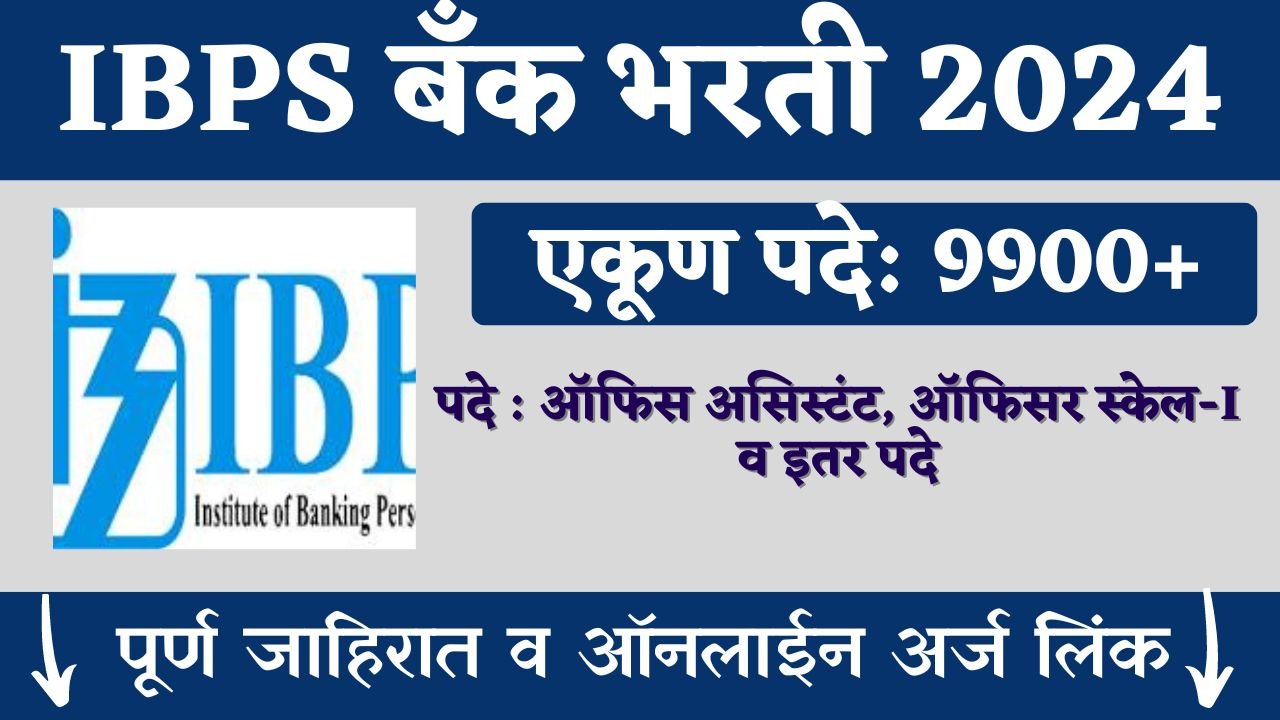The Benefits of Mind Mapping
Introduction
Preparing for exams can be stressful and overwhelming. Finding effective study techniques is crucial to enhance learning and retention. One powerful method is mind mapping. This visual tool can transform your study sessions, making them more productive and enjoyable. In this article, we’ll explore the benefits of mind mapping for exam prep and provide detailed insights into how to create and use mind maps effectively.
1What is Mind Mapping?
2 Definition of Mind Mapping
Mind mapping is a visual representation of information. It involves creating diagrams that represent ideas, concepts, and topics in a structured and organized manner. The central idea is placed at the center of the map, with related ideas branching outwards.
3History of Mind Mapping
Mind mapping was popularized by Tony Buzan in the 1970s. He advocated for its use in education and business as a way to improve thinking and learning. Since then, mind mapping has been widely adopted as a versatile tool for brainstorming, planning, and studying.
1Benefits of Mind Mapping for Exam Preparation
Enhances Memory Retention
One of the key benefits of mind mapping is its ability to enhance memory retention. The visual nature of mind maps helps the brain to remember information more effectively. By organizing information visually, students can recall details more easily during exams.
Improves Understanding
Mind mapping helps in breaking down complex information into simpler, digestible parts. By visually connecting related ideas, students can see the relationships between different concepts. This improves their overall understanding of the subject matter.
Boosts Creativity
Creating mind maps engages both the left and right hemispheres of the brain. This fosters creativity and helps students think outside the box. It encourages the use of colors, images, and keywords, making the study process more engaging and less monotonous.
Enhances Organization Skills
Mind maps help in organizing information logically. This is especially useful for subjects with vast amounts of data. By creating a hierarchical structure, students can prioritize information and focus on the most important topics first.
Aids in Problem Solving
Mind mapping is a powerful tool for problem-solving. It allows students to visually explore different solutions and see how various elements are interconnected. This holistic view helps in finding effective solutions more quickly.
How to Create a Mind Map for Exam Preparation
Start with a Central Idea
Begin by writing the main topic or subject in the center of the page. This will be the focal point of your mind map.
Branch Out with Major Themes
From the central idea, draw branches to represent major themes or categories. Label each branch with a keyword or short phrase that summarizes the theme.
Add Sub-Branches for Details
For each major theme, add sub-branches to include more specific details. Use keywords, images, and symbols to represent these details. This helps in breaking down complex information into smaller, manageable parts.
Use Colors and Images
Incorporate colors and images to make your mind map more visually appealing. This not only makes it easier to remember but also makes the study process more enjoyable.
Review and Revise
Regularly review and revise your mind map. Add new information as you study and make connections between different branches. This iterative process helps reinforce learning and ensures that your mind map remains up-to-date.
Practical Applications of Mind Mapping in Exam Prep
Summarizing Notes
Use mind maps to summarize your class notes. This helps in condensing large volumes of information into a single, easy-to-review diagram.
Planning Study Schedules
Create a mind map to plan your study schedule. Outline what topics you need to cover and allocate time for each. This helps in managing your time effectively and ensures that you cover all necessary material before the exam.
Organizing Essays
Mind maps are useful for organizing essays. Start with your thesis statement in the center, then branch out with main arguments, supporting evidence, and examples. This helps in structuring your essay logically.
Group Study Sessions
Use mind maps in group study sessions to brainstorm and share ideas. Collaboratively creating mind maps can enhance learning and provide different perspectives on the subject matter.
Revision and Practice
Use mind maps for revision. Quickly review key concepts and connections before exams. They are also helpful for practicing recall, as you can test yourself on different branches of the map.
Tools and Software for Mind Mapping
Mind Mapping Software
Several software tools can assist in creating mind maps. Popular options include MindMeister, XMind, and Coggle. These tools offer various features like templates, collaboration options, and integration with other apps.
Mobile Apps
Mobile apps like SimpleMind and MindNode make it easy to create and review mind maps on the go. They offer user-friendly interfaces and synchronization across devices.
Traditional Pen and Paper
While digital tools are convenient, traditional pen and paper mind mapping can be equally effective. Some students find the tactile process of drawing mind maps by hand to be more engaging.
Frequently Asked Questions
1.What are the benefits of using mind maps for exam preparation?
Mind maps enhance memory retention, improve understanding, boost creativity, enhance organization skills, and aid in problem-solving. They make studying more engaging and efficient.
2. Can mind mapping be used for all subjects?
Yes, mind mapping can be applied to any subject. Whether it’s science, history, literature, or math, mind maps can help in organizing and understanding information better.
3. How often should I review my mind maps?
Regular review is key. Try to review your mind maps daily or weekly, depending on your study schedule. Regular revision helps reinforce learning and keeps the information fresh in your mind.
4. Are there any drawbacks to mind mapping?
While mind mapping is highly effective for many students, it may not suit everyone’s learning style. Some may find it time-consuming initially. However, with practice, it becomes quicker and more intuitive.
5. Can mind maps help with group studies?
Absolutely. Mind maps are great for group studies. They facilitate brainstorming and idea-sharing, helping students to understand different perspectives and consolidate their knowledge collectively.
Conclusion
Mind mapping is a powerful tool for exam preparation. It offers numerous benefits, from enhancing memory retention and understanding to boosting creativity and organization skills. By incorporating mind maps into your study routine, you can make learning more efficient and enjoyable. Start creating your mind maps today and experience the difference they can make in your exam preparation.
In conclusion, whether you’re summarizing notes, planning your study schedule, or organizing essays, mind maps can significantly improve your study process. Regularly review and update your mind maps to ensure they remain effective. Embrace this visual learning tool and take your exam preparation to the next level.















